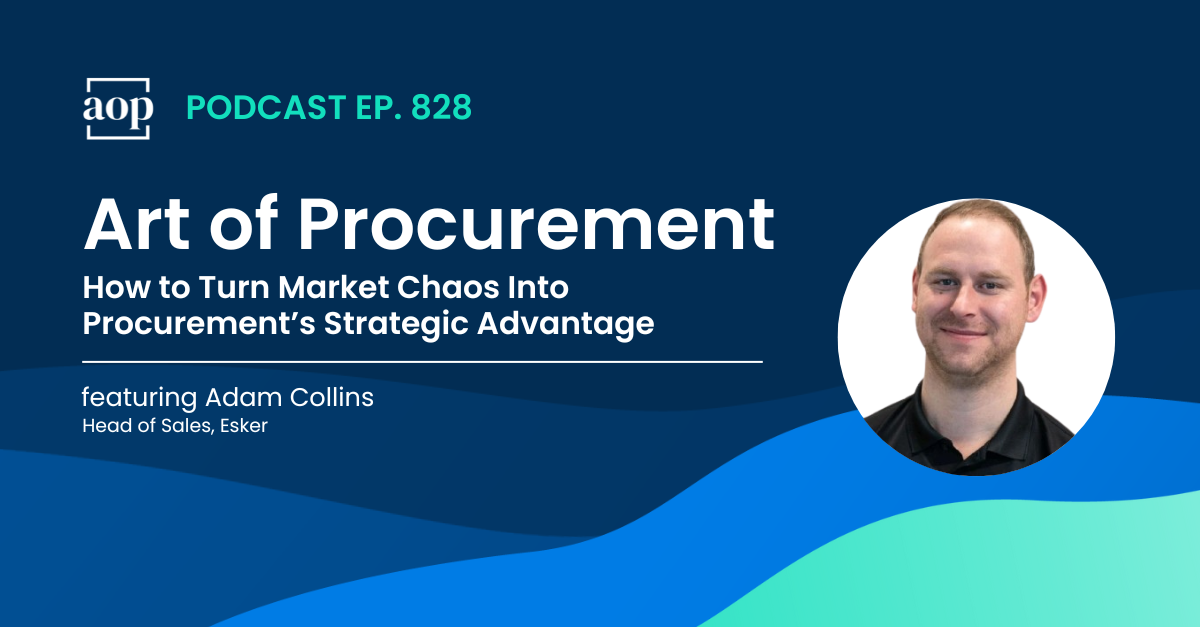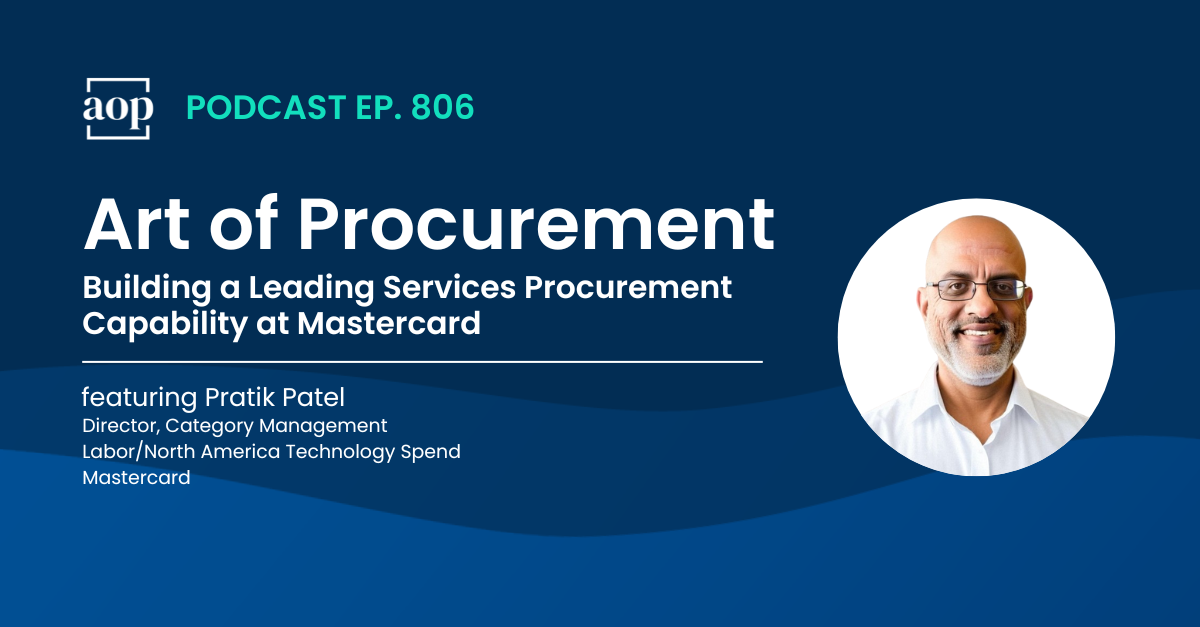
“In some weird sense, as we see the power of technology, the more apprehensive we get about how much information it should have.” – Baber Farooq, Senior Vice President, Market Strategy, Procurement Solutions at SAP
As the global landscape becomes increasingly volatile, procurement is under mounting pressure to not just deliver cost savings, but also to proactively manage risk and ensure supply continuity. From rare, once-in-a-lifetime events like a global pandemic to more frequent natural disasters, geopolitical conflicts, or other disruptive events, it seems like procurement is forced to overcome the unexpected on a fairly regular basis.
According to one recent podcast guest, Baber Farooq, Senior Vice President, Market Strategy, Procurement Solutions at SAP, this is why ‘scenario planning’ is gaining such importance within category management. It is driving more organizations to realize they need better technology solutions to support the kind of enhanced scenario planning that can help them plan for and manage risk.
“Within category management, we’re seeing a huge focus on scenario planning – it’s the biggest thing that’s popped up recently,” said Baber. “A large reason for why scenario planning is gaining so much importance from a category management perspective is because we live in a very volatile world. I think people have been caught off-guard, not just by the pandemic … but general supply chain disruptions that are happening more and more.”
Failing to engage in adequate scenario planning can have serious bottom-line consequences for the business, too. As Baber said, not doing so could “end up influencing the amount of money we’re going to pay and the availability of supply.”
On the other hand, scenario planning allows procurement teams to proactively model out and create a game plan for how different eventualities could impact their category strategies from both a cost and a supply risk perspective. “It’s basically another way of doing better risk management,” said Baber.
Historically, procurement has struggled with scenario planning. It is often hard to find the time and bandwidth to go through all the possibilities and “what ifs” and then make plans, contingencies, and decisions around those scenarios. In the absence of good data or a reliable technology solution, practitioners and category managers end up relying on intuition or a ‘gut feeling’ about where things might be headed. While that kind of ad hoc approach to scenario planning might have cut the mustard decades ago, Baber says, procurement recognizes it’s time to find a better approach that meets us where we are today.
“There is this belief that there must really be a better way to scenario plan now – not necessarily in terms of the methodology but just the access to the tools and the data we have,” said Baber. “We must be able to do this better which, again, no tool exists right now, and that is what we have seen and has been one of the reasons SAP has been driven in this direction.”
And, while the methodologies behind scenario planning aren’t new, the tools or resources procurement used for category management were usually manual, spreadsheet-based, or even offline. Baber said this was one of the most important reasons SAP released their new category management tool last year, but it also signals a greater shift in procurement as they are starting to realize the need for sophisticated tools that use generative AI to support better analysis, stronger scenario planning, and, ultimately, enhanced category management.
“Category management is one of the first areas where we have invested in generative AI technology, because when you are doing a lot of the analysis or scenario planning that you do for category management, sometimes you are just searching the public internet,” he said. “This allows procurement to use generative AI technology that taps the public internet and gives a perspective that will be better than any guess.”
Relying more on emerging technologies like AI to optimize scenario planning also means that the entire process isn’t dependent on one individual’s insights on the team or the availability of top category management talent. In many cases, a procurement team’s scenario planning and risk management strategy were only as strong as their highest performer. And, if that individual left the team, their insights left right along with them, leaving the business open to increased risk and vulnerability.
By using an AI-powered tool, procurement can increase the scale and scope of their impact because scenario planning won’t be reliant on one specific high performer in the organization.
“AI is such a necessary technology as we move forward … we’re not building these tools just to deliver an outcome,” said Baber. “We’re building them so they facilitate transferability and scalability for an organization as we move forward because the workforce that we have now is not anywhere close to the workforce that we will have ten years from now. The problems will most likely be the same – if not becoming even more significant.”
Subscribe to Art of Procurement
Apple | Stitcher | iHeart Radio | Email




